As someone who’s spent the last five years hopping between European cities, I’m often asked about quick trips worth taking across the continent. The question always makes me smile because Europe’s excellent rail network and abundance of budget flights make weekend adventures not just possible, but actually pretty simple.
“Europe is perfect for short breaks because you can experience completely different cultures just a couple of hours apart,” says Maria Gonzalez, a travel consultant who helps Americans plan their European escapes. “One weekend you’re sipping coffee in a Viennese café, the next you’re wandering through Portuguese markets or hiking in the Swiss Alps.”
While you could spend a lifetime exploring every corner of Europe, sometimes all you need is a well-planned weekend. That’s why I’ve put together this list of 19 destinations that are ideal for those precious two-day breaks, each offering its own slice of European charm without requiring too much travel time.
- Best tourist destination: Barcelona’s Gothic Quarter
- Underrated hidden gem: Porto, Portugal
- Best for families: Amsterdam’s canals
- Best for couples: Lake Como, Italy
- Best for solo travelers: Edinburgh, Scotland
- Best for history buffs: Krakow, Poland
Amsterdam, Netherlands
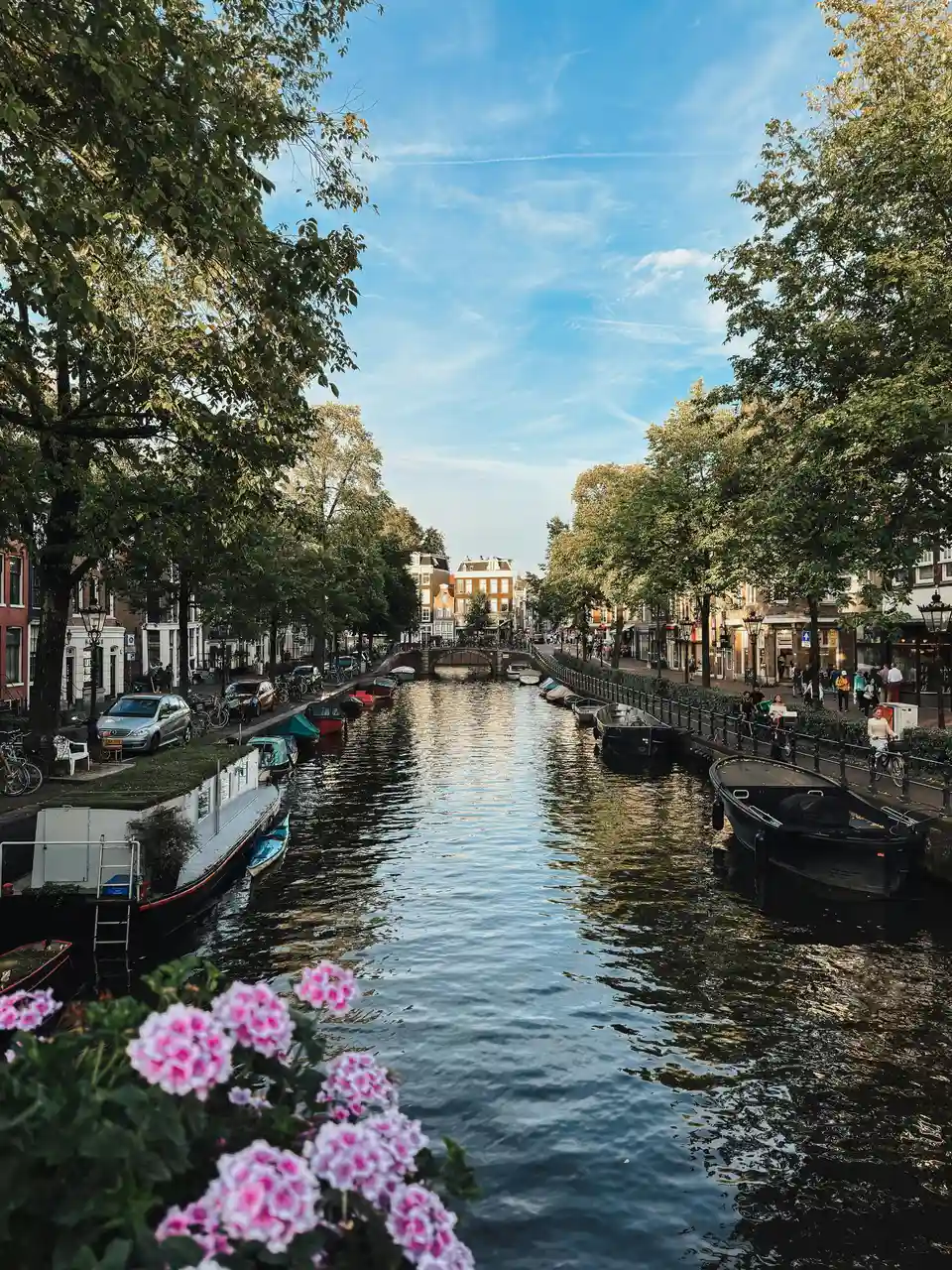
I always tell first-time visitors to Amsterdam to explore beyond the tourist-packed city center. Winding canals lined with narrow townhouses create a maze of waterways throughout the Dutch capital, while the Museum Quarter houses world-famous institutions like the Van Gogh Museum and Rijksmuseum. Hop on a bike to blend in with locals and pedal through the charming Jordaan neighborhood, stopping at cozy cafes or browsing vintage shops. The city comes alive after dark too, from candlelit canal-side restaurants to the infamous Red Light District’s neon glow.
Porto, Portugal

About three hours north of Lisbon lies the charming city of Porto. Like many European cities, Porto has its share of historic buildings, cafes, and cultural sites. But unlike the others, it feels like a place where wine and history flow together seamlessly. Just look for the countless port wine cellars lining the Douro River, still aging their wines the traditional way, and you’ll understand what I mean. Because of Porto’s long history as the home of port wine production, many British wine merchants settled here in the 18th century, and you’ll find their influence in the city’s architecture, from the old wooden boats that once carried wine barrels to the classic British-style homes scattered throughout the riverside Ribeira district.
Bruges, Belgium
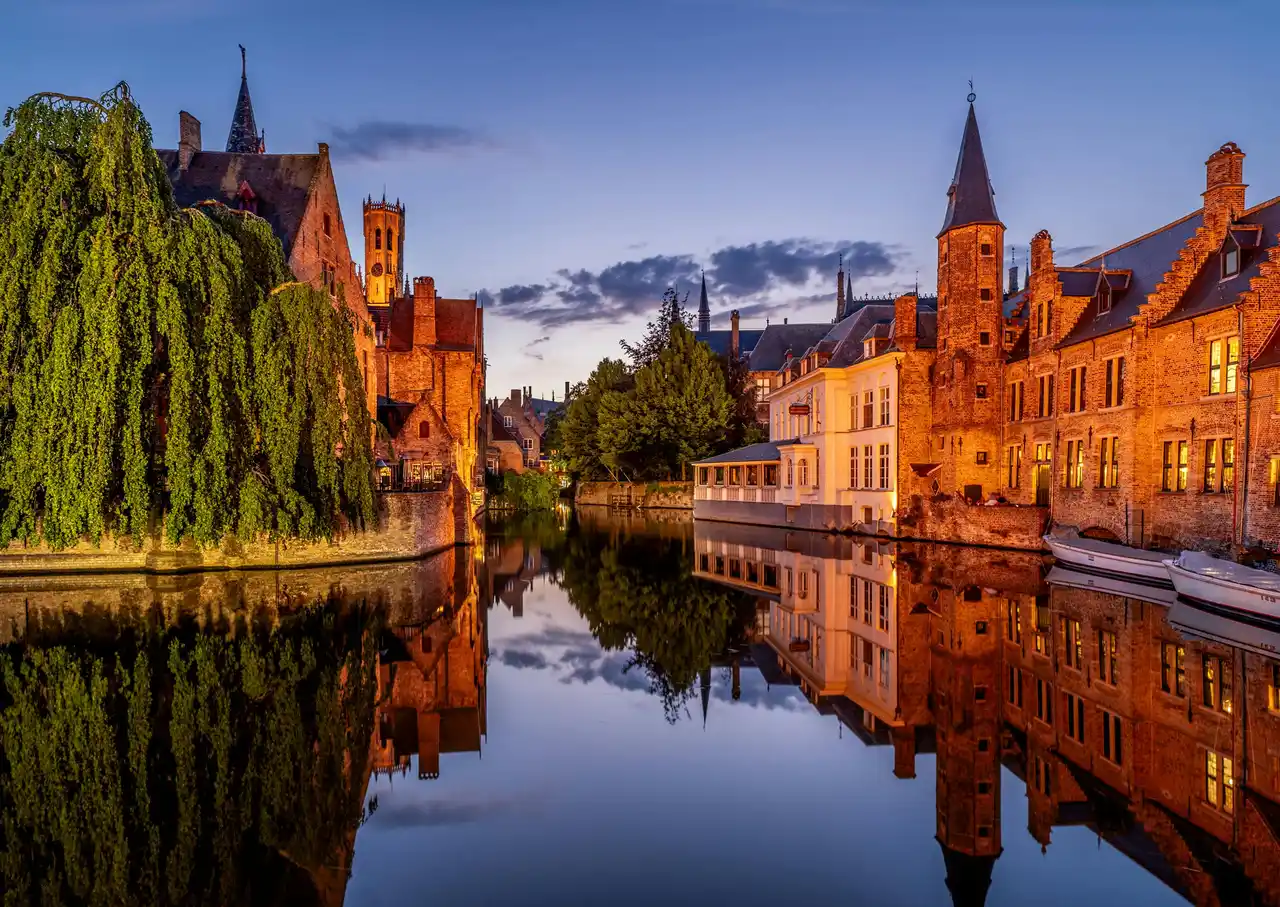
If you’re looking for a weekend that feels like stepping into a fairytale, Bruges should be at the top of your list. Tucked away in northern Belgium, this medieval city charms visitors with its network of canals, cobblestone streets, and well-preserved Gothic architecture. The central Market Square, dominated by the 83-meter-tall Belfry Tower, offers a perfect starting point to explore the city’s chocolate shops, breweries, and museums that tell the story of Bruges’ rich trading history.
Copenhagen, Denmark
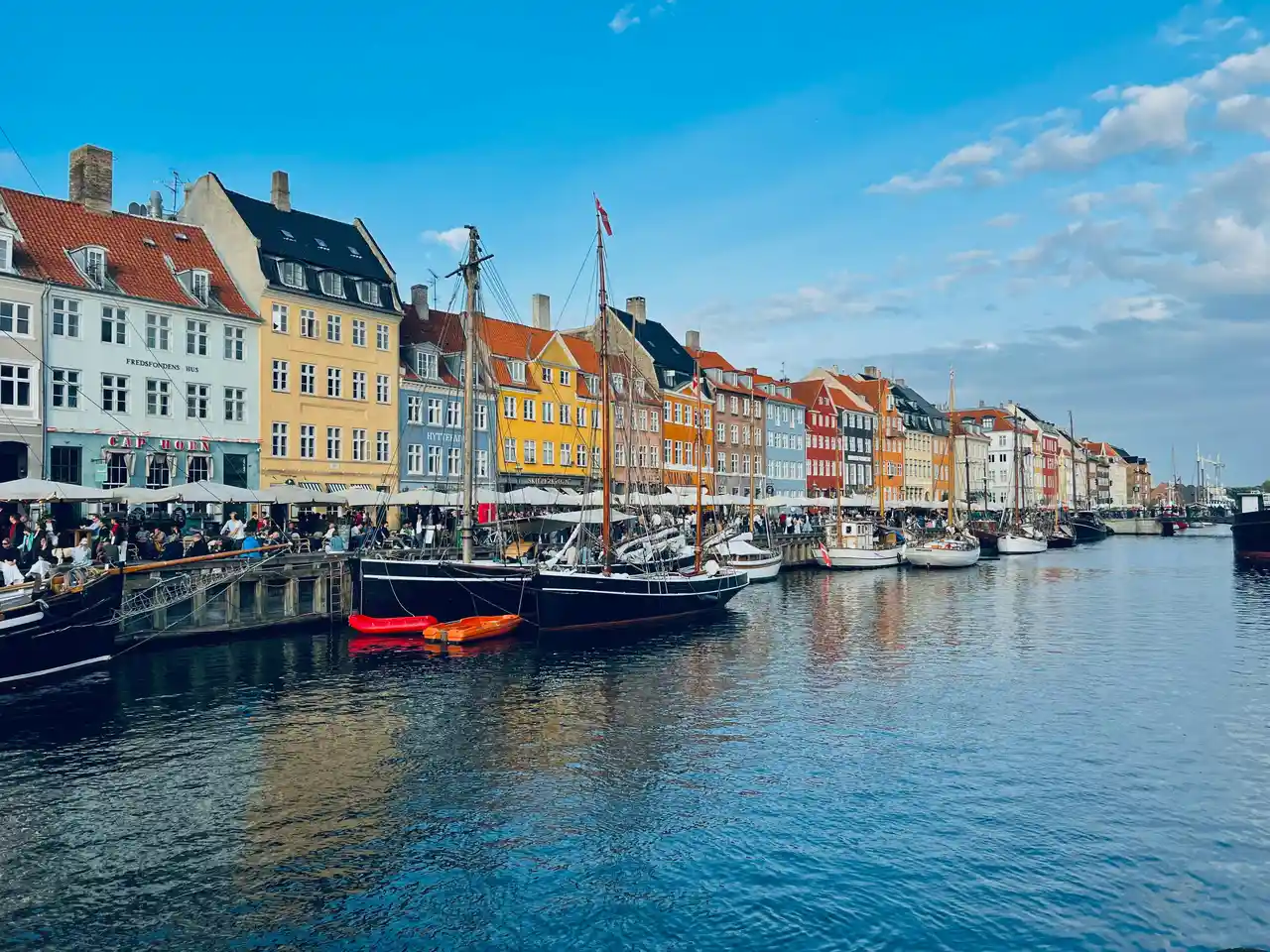
My first visit to Copenhagen was during a crisp autumn weekend in 2019. Denmark’s charming capital sits prettily along the Øresund strait, where colorful houses line the famous Nyhavn waterfront. Medieval architecture and modern design blend seamlessly throughout the city streets, from the royal Amalienborg Palace to the cutting-edge restaurants that have made Copenhagen a food lover’s paradise. The city truly comes alive when you hop on a bicycle – the preferred mode of transport for locals – and pedal along the harbor, past the Little Mermaid statue, and through the free-spirited Christiania neighborhood. Tivoli Gardens, one of the oldest amusement parks in Europe, adds a touch of whimsy with its vintage rides and twinkling lights that illuminate the evening sky.
Edinburgh, Scotland
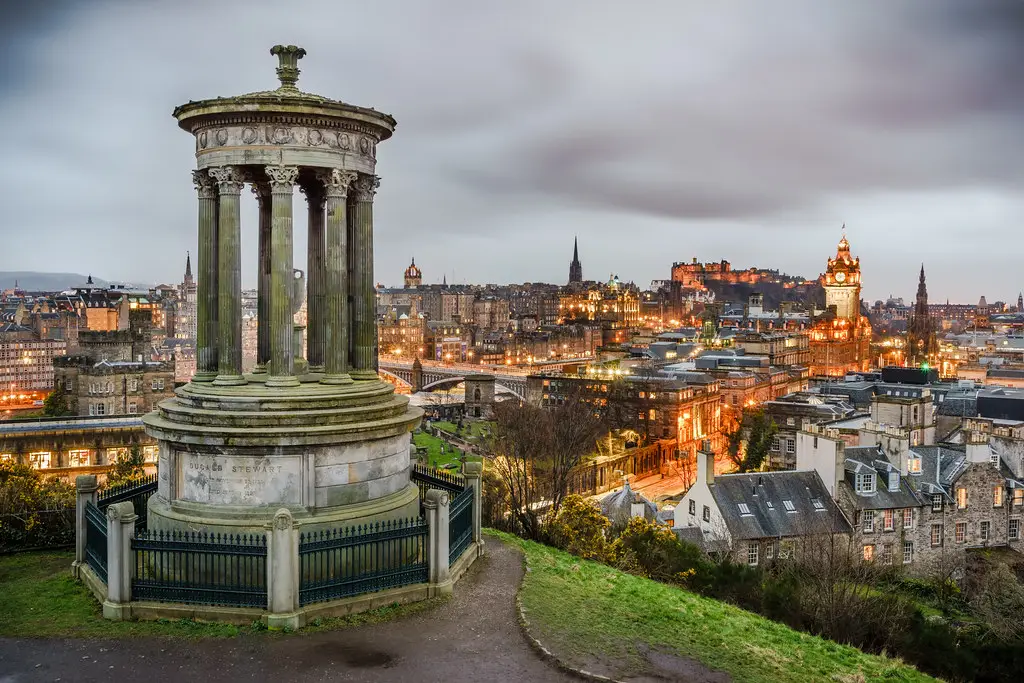
I first visited Edinburgh on a chilly autumn weekend in 2019. Scotland’s capital city sits proudly on a collection of hills, with the imposing Edinburgh Castle perched on an ancient volcanic rock at its heart. Medieval streets and narrow alleyways wind through the Old Town, while the orderly Georgian architecture of the New Town provides an elegant contrast. The Royal Mile connects Edinburgh Castle to Holyrood Palace, lined with wool shops, whisky tasting rooms, and cozy pubs where locals share tales over a pint. Beyond the tourist spots, you’ll find hidden gardens, quiet corners in Princes Street Gardens, and local cafes serving warm scones with clotted cream. The view from Arthur’s Seat, an extinct volcano on the city’s edge, offers a perfect perspective of how the city’s ancient and modern parts fit together like pieces of a puzzle.
Lake Como, Italy

Many travelers flock to Lake Como for its blue-green waters and waterfront villas, but this northern Italian gem offers more than just lakeside views. The area features charming villages like Bellagio and Varenna, where visitors can wander cobblestone streets and sample local cuisine in family-run restaurants. In spring and summer, ferries shuttle passengers between towns, while the surrounding mountains provide excellent hiking trails with views across the lake. While celebrities and the wealthy have long called Lake Como home, you’ll find the destination welcomes all types of travelers year-round, whether you’re interested in water sports, exploring historic gardens, or simply enjoying an espresso at a local café.
Dubrovnik, Croatia
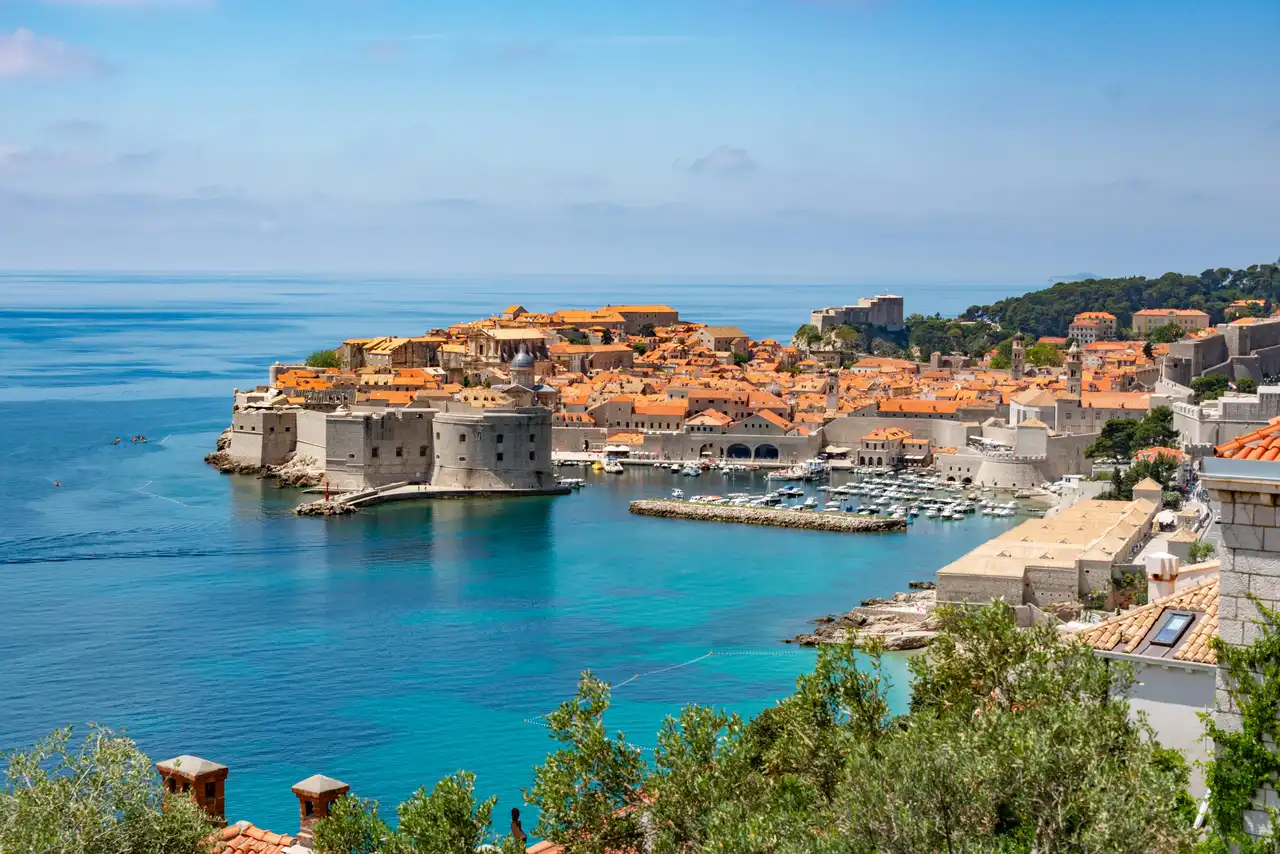
I always tell first-time visitors to Dubrovnik to walk the ancient city walls. Perched along the Adriatic Sea, this medieval fortress city looks like something straight out of Game of Thrones – and it actually was one of the show’s main filming locations. The limestone streets, terracotta rooftops, and crystal-clear waters create a scene that feels frozen in time, while the nearby beaches and islands offer perfect spots to cool off after exploring the Old Town.
Salzburg, Austria

Ever wondered what it feels like to walk through a real-life Sound of Music set? That’s what you get in Salzburg, Mozart’s hometown nestled in the Austrian Alps just a 2-hour train ride from Vienna. The city’s Old Town, a UNESCO World Heritage site, feels like stepping into a classical music box, with its baroque churches and grand squares where street musicians play familiar Mozart tunes. You can explore the mighty Hohensalzburg Fortress perched on a hill above the city, or wander through Mirabell Gardens where Julie Andrews and the von Trapp children once sang “Do-Re-Mi.” If you’re a classical music fan, time your visit for the world-famous Salzburg Festival in summer, when the whole city becomes a stage for opera and orchestral performances.
Cinque Terre, Italy
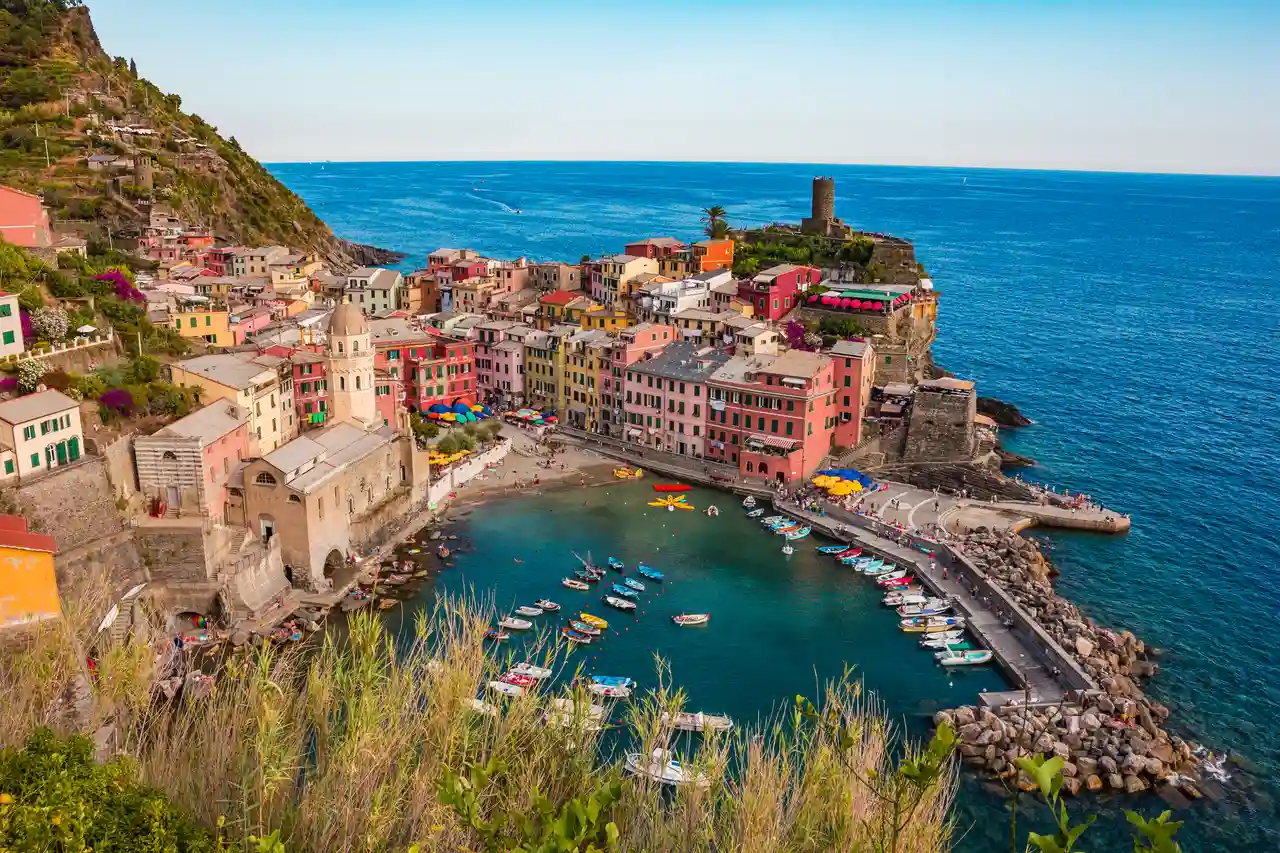
The rugged Italian Riviera shoreline reveals one of Italy’s most remarkable treasures – Cinque Terre. These five small fishing villages, connected by winding hiking trails and a scenic railway, tell stories through their pastel-colored houses perched on rocky cliffs above the Mediterranean. I spent days wandering between Monterosso, Vernazza, Corniglia, Manarola, and Riomaggiore, each town offering its own personality and charm. The well-worn paths between villages lead through terraced vineyards and lemon groves, rewarding hikers with peaceful coastal views and the promise of fresh seafood and local wine waiting in the next harbor. It’s a place where time seems to slow down, where ancient stone walls still guard against the sea, and where fishing boats bob gently in harbors that have served these communities for centuries.
Budapest, Hungary
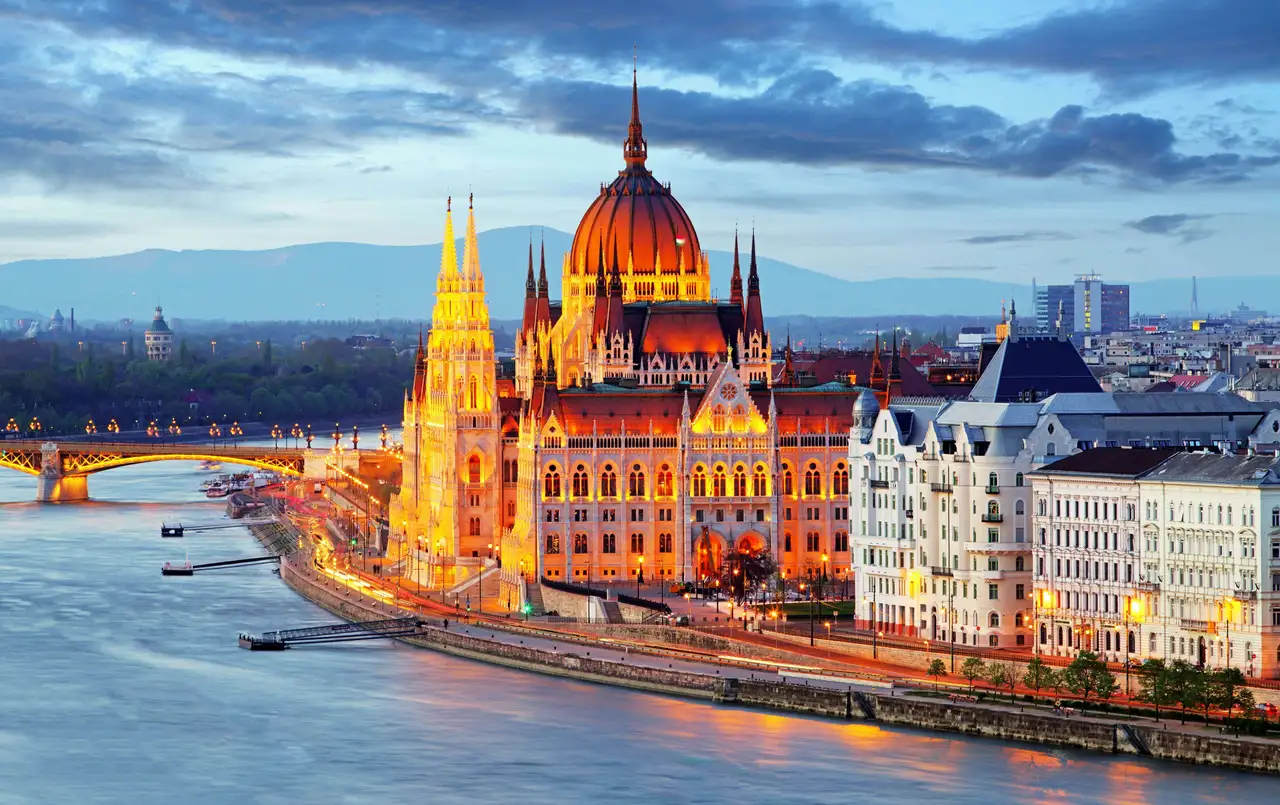
Many travelers head to Budapest for its famous thermal baths, but this Hungarian capital offers much more than just warm waters. The city, split by the Danube River into Buda and Pest, combines old-world architecture with modern city life. You can spend your mornings exploring the medieval Castle District, afternoons sampling local dishes at the Great Market Hall, and evenings sipping drinks at one of the city’s unique ruin bars – former abandoned buildings turned into cool hangout spots. While summer brings outdoor festivals and riverside picnics, winter transforms the city with Christmas markets and ice skating in City Park, making Budapest an excellent choice for a weekend trip any time of year.
Cool Fact:
Did you know that Budapest actually used to be three separate cities – Buda, Pest, and Óbuda – before they merged into one in 1873? The city’s famous thermal baths, fed by natural hot springs, have been enjoyed by locals since Roman times, with some of the current bathhouses dating back to the Turkish occupation in the 16th century.
Prague, Czech Republic

Many travelers come to Prague for its medieval Old Town Square, but this city can also be thought of as a living museum of European architecture. The city’s streets showcase everything from Gothic churches to Baroque palaces, with the iconic Charles Bridge connecting it all across the Vltava River. With its rich beer culture and traditional Czech taverns around every corner, Prague knows how to keep both history buffs and food lovers happy. While summer brings outdoor concerts and riverside picnics, the winter transforms the city into a wonderland with Christmas markets and snow-dusted spires, making Prague an ideal weekend escape any time of year.
Santorini, Greece

Perched on the southern edge of the Cyclades islands is the crescent-shaped wonder of Santorini. Like many Greek islands, Santorini has its share of white-washed buildings, blue-domed churches, and crystal-clear waters. But unlike the others, it sits atop an ancient volcanic caldera, creating a natural amphitheater that faces the sea. Just watch the sun sink into the Aegean from the clifftop town of Oia, and you’ll understand why this place feels magical. Because of its volcanic history, Santorini’s beaches come in unexpected colors – black, red, and white – while its rich soil produces some of Greece’s most distinctive wines, grown in vineyards that have thrived here for centuries.
Bergen, Norway
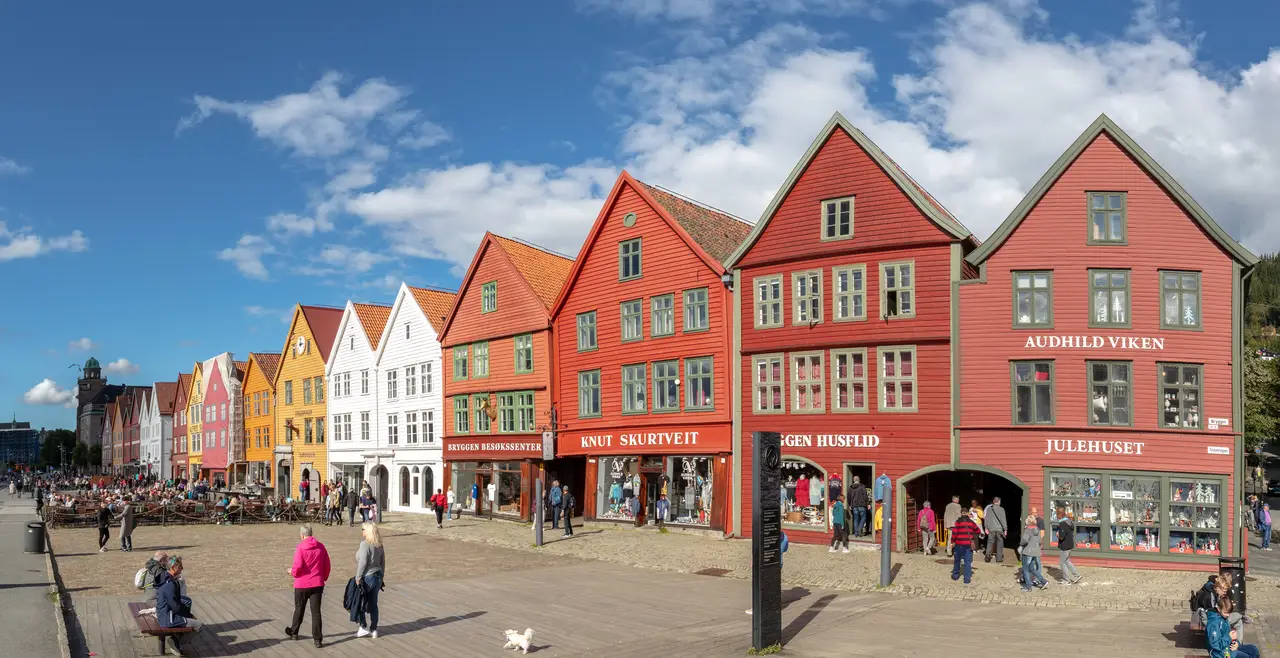
Step into a storybook when you visit Bergen, a charming Norwegian coastal city nestled between mountains and fjords. The colorful wooden houses of Bryggen, a UNESCO World Heritage site, line the old wharf like a row of painted dominoes, each telling tales of the city’s maritime past. Take the Fløibanen funicular up Mount Fløyen for sweeping views of the harbor and surrounding landscape. At the peak, you’ll find hiking trails that wind through pine forests and past mountain lakes. For a taste of local life, head to the Fish Market, where you can sample fresh seafood and chat with friendly vendors who’ve been selling their catch here for generations.
Hallstatt, Austria
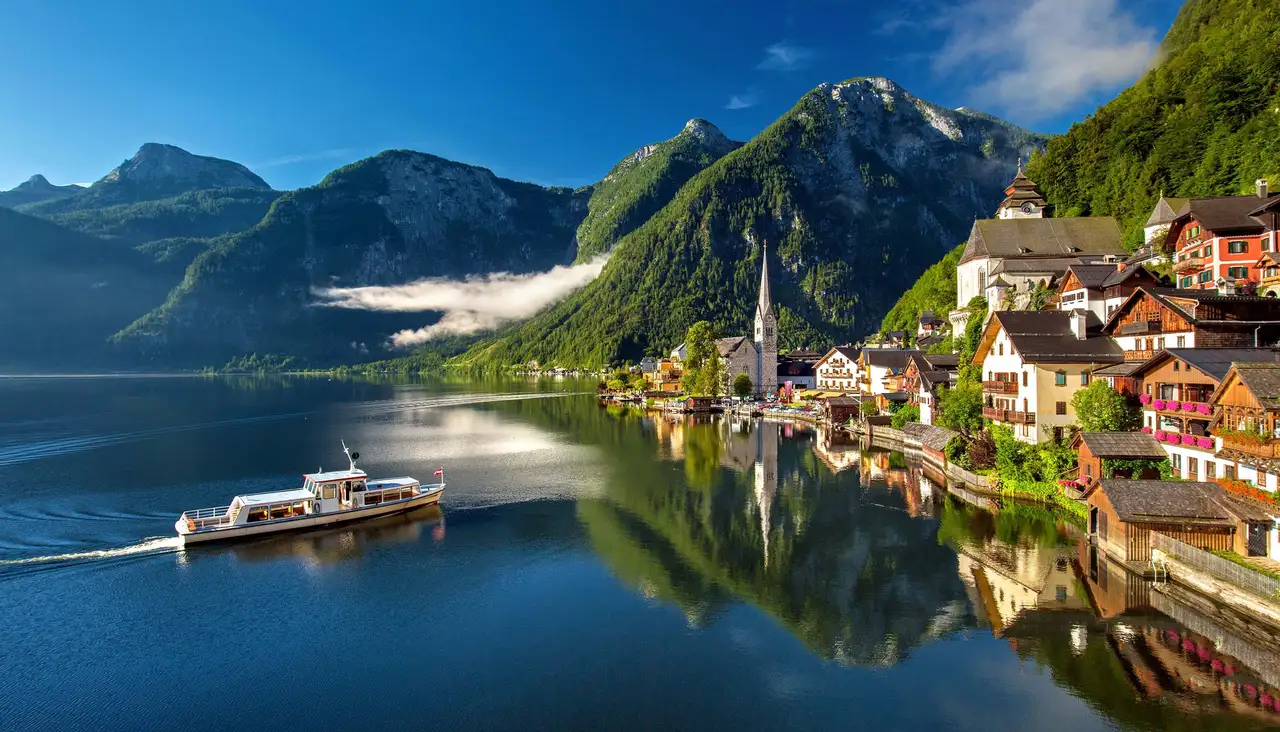
If you’re dreaming of a fairy-tale European village come to life, Hallstatt needs to be on your list. Nestled between towering Alps and a crystal-clear lake, this small Austrian town looks like it jumped straight out of a storybook with its charming wooden houses, historic salt mines, and winding cobblestone streets. The town’s iconic church spire rising above the water creates one of the most photographed views in Austria, while the world’s oldest salt mine offers visitors a fascinating glimpse into the region’s 7,000-year history.
Ljubljana, Slovenia

Ljubljana draws visitors with its charming Old Town and castle-topped hill, but this compact capital city offers much more than first meets the eye. The winding Ljubljanica River cuts through the heart of the city, with cafes and restaurants lining its banks and locals gathering at outdoor markets nearby. Dragon statues guard the city’s bridges, while the green spaces of Tivoli Park provide a peaceful retreat from urban life. In the warmer months, the city comes alive with outdoor festivals and events, but Ljubljana’s cozy wine bars and art galleries make it an equally appealing destination during the winter season.
Bordeaux, France
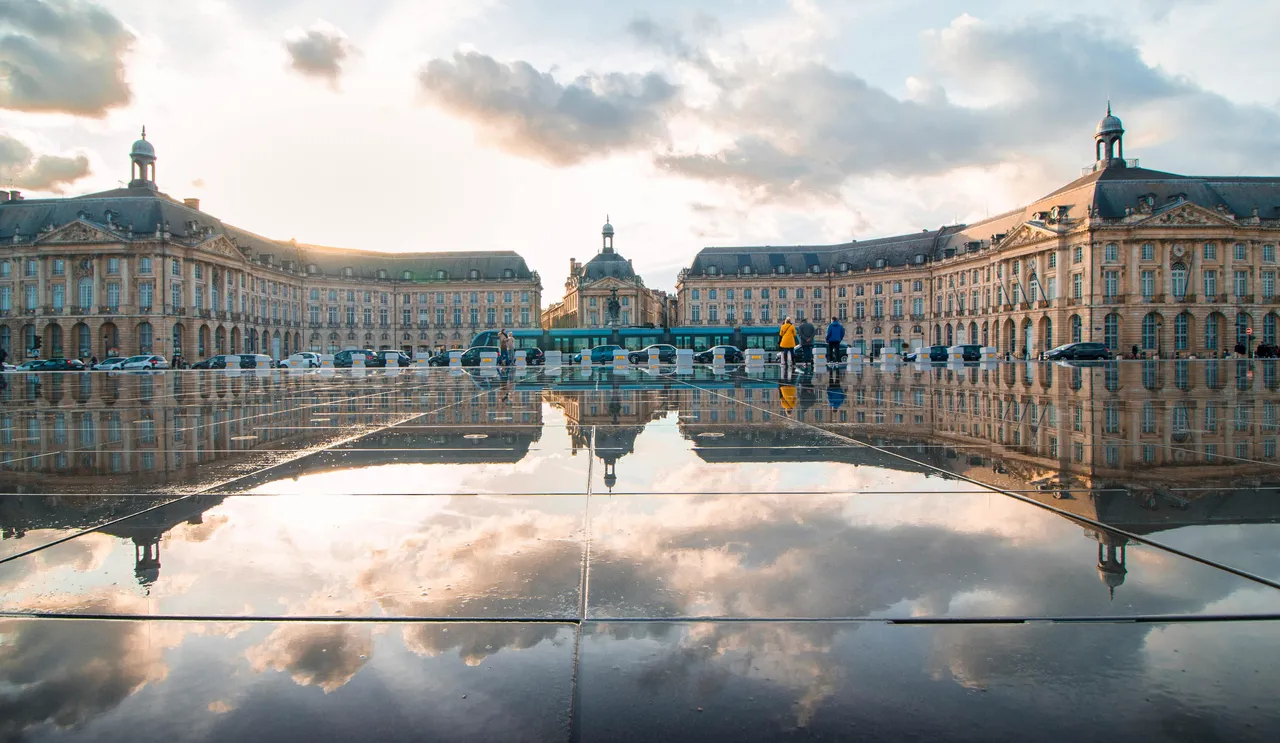
Ever wanted to sip world-class wine straight from the source? That’s daily life in Bordeaux, a charming French city where vineyards stretch as far as the eye can see. Just two hours by train from Paris, this wine capital offers more than just excellent reds – its 18th-century architecture earned it UNESCO World Heritage status, and the winding streets are filled with cozy bistros and local markets. You can cycle through the surrounding wine regions, join harvest celebrations in autumn, or relax at La Cité du Vin, an interactive museum shaped like a decanting wine carafe. The nearby Saint-Émilion village, with its medieval ruins and underground caves, makes for a perfect day trip.
Heidelberg, Germany

Nestled along the Neckar River in southwest Germany, Heidelberg first caught my eye during a spontaneous train journey in 2018. This charming university town sits perfectly between forested hills, with its iconic red-roofed Old Town spreading out below the grand Renaissance castle that watches over the city. The cobblestone streets of Altstadt (Old Town) wind past historic buildings and cozy cafes, while the world’s longest pedestrian shopping street, Hauptstrasse, runs right through its heart. Students from Germany’s oldest university bring constant energy to the medieval city, filling its traditional beer gardens and riverside paths. From the Old Bridge’s twin towers to the winding Philosopher’s Way hiking trail, Heidelberg feels like stepping into the pages of a German fairy tale.
Tallinn, Estonia
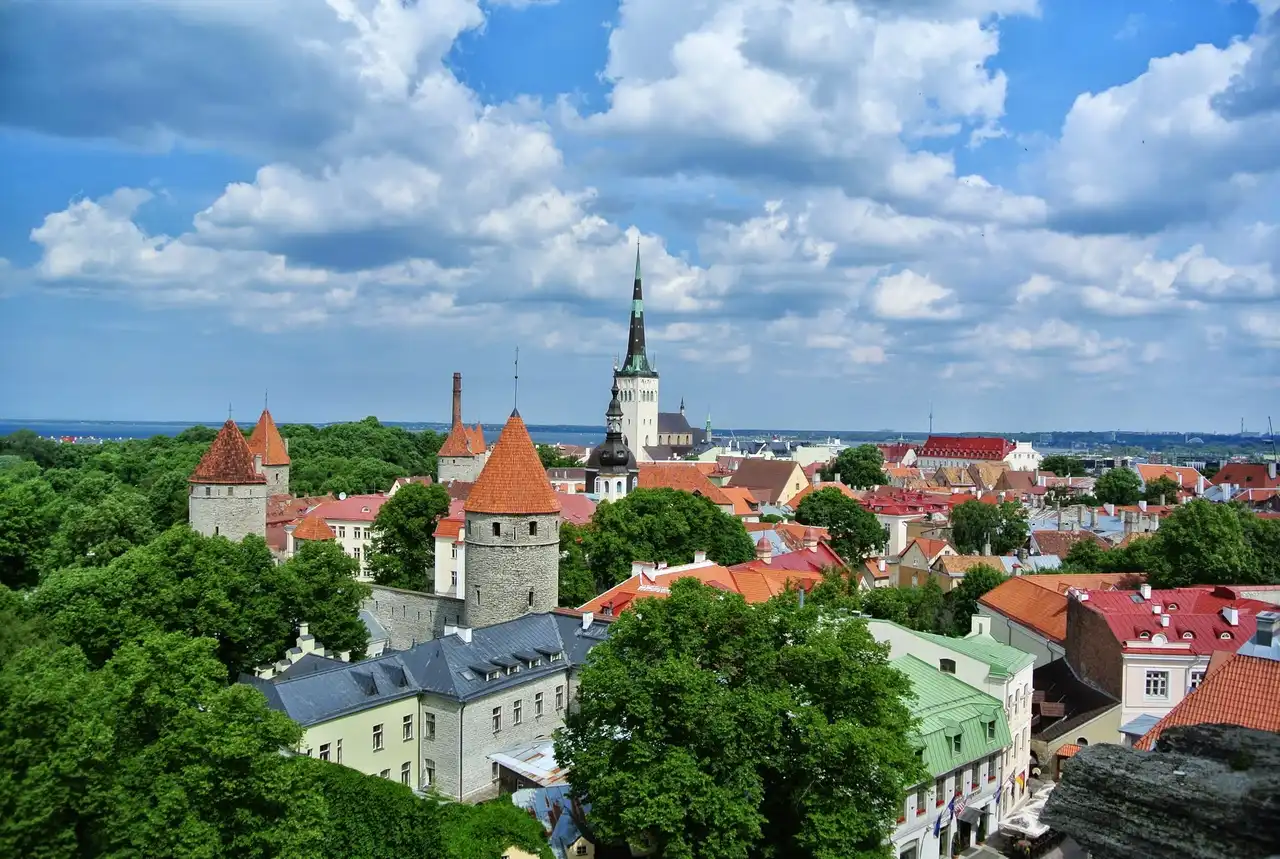
I first discovered Tallinn’s medieval charms on a chilly autumn weekend in 2019. The Estonian capital sits proudly along the Baltic Sea, its UNESCO-listed Old Town rising from modern districts like a fairytale castle frozen in time. Cobblestone streets wind through the best-preserved medieval city in Northern Europe, where merchant houses from the 1400s stand shoulder-to-shoulder with Gothic spires and Russian Orthodox domes. The city’s heart beats strongest in Town Hall Square, surrounded by colorful buildings housing cozy cafes and craft workshops. From the viewing platform on Toompea Hill, you can see red-tiled roofs stretch toward the sea, while modern Tallinn’s glass towers peek through the mist in the distance.
Bruges, Belgium

I first discovered Bruges on a winter weekend back in 2018, wandering through what felt like a real-life fairytale setting in the heart of Belgium. This medieval city, wrapped by a network of peaceful canals, sits just an hour away from Brussels by train. Cobblestone streets and Gothic architecture make up the historic center, where the smell of Belgian chocolate and fresh waffles drifts from small shop windows. The Markt square forms the city’s core, dominated by the 272-foot Belfry tower that has watched over Bruges since the 13th century. Horse-drawn carriages still clip-clop along the narrow lanes, while canal boats glide beneath stone bridges, offering visitors a duck’s-eye view of this wonderfully preserved piece of history.

